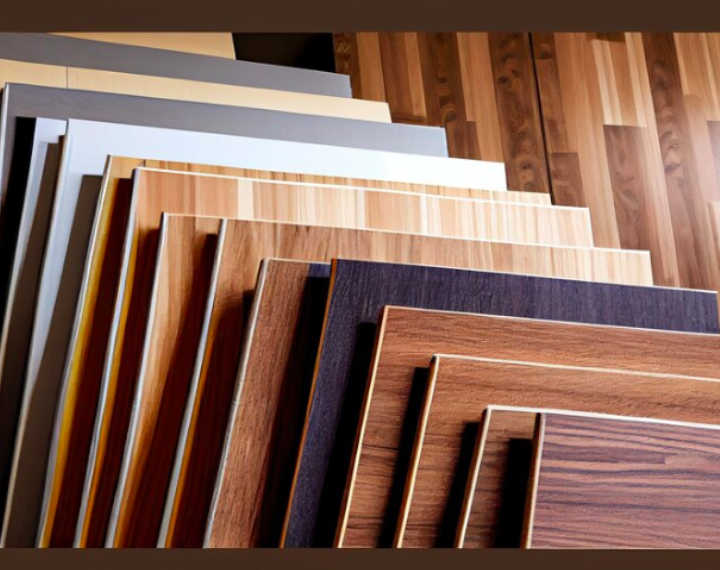When it comes to choosing the right material for furniture, flooring, or cabinetry, wood has always been the go-to option. However, in recent years, waterproof plywood has gained significant popularity as a versatile and durable alternative to solid wood. But can it truly replace traditional wood, or is it just another marketing gimmick? Let’s debunk some myths and uncover the reality.
Myth 1: Waterproof Plywood is Not Durable
One of the biggest misconceptions is that plywood, even waterproof variants, can’t match the strength and durability of solid wood. While solid wood is naturally strong, waterproof plywood is engineered with multiple layers of high-quality veneers bonded with waterproof adhesives. This layered structure enhances its stability, reduces the chances of warping, and makes it resistant to cracking. In fact, in moisture-prone areas like kitchens, bathrooms, and outdoor furniture, waterproof plywood often outperforms solid wood.
Myth 2: Plywood Looks Cheap
Another common myth is that plywood lacks aesthetic appeal. While traditional plywood had a reputation for looking plain or industrial, modern waterproof plywood comes with premium finishes, including laminates, veneers, and decorative coatings. With these options, it can replicate the rich look of teak, oak, or walnut, offering the elegance of solid wood at a fraction of the cost.
Myth 3: Waterproof Plywood is Only for Wet Areas
Many people think waterproof plywood is meant only for bathrooms or outdoor use. However, when you know how to choose waterproof plywood, you’ll realize its potential goes far beyond moisture-prone areas. From modular kitchens and wardrobes to office furniture and flooring, it proves to be a versatile choice for interiors, ensuring both durability and style.
Reality: Cost-Effective and Eco-Friendly Alternative
One undeniable reality is that waterproof plywood is much more cost-effective than solid wood. The rising cost of hardwoods makes large-scale wood projects expensive, whereas plywood provides a budget-friendly, sustainable option. Plywood uses thin layers of wood veneer, making it eco-friendly by maximizing wood usage and reducing wastage. Choosing waterproof plywood is not just smart for your wallet—it’s also a step toward responsible forestry.
Reality: Easy to Work With
Solid wood is often heavy, difficult to cut, and requires specialized tools for precise finishing. Waterproof plywood, on the other hand, is lightweight, easy to cut, shape, and install, making it ideal for DIY projects and professional carpenters alike. Its adaptability means you can achieve complex designs without compromising durability or appearance.
Conclusion: The Modern Choice for Smart Interiors
While solid wood will always have a place in luxury and traditional craftsmanship, waterproof plywood is no longer just a backup option. With enhanced durability, modern finishes, cost-effectiveness, and eco-friendly benefits, it offers a realistic alternative for most furniture and interior applications.
The myth that plywood cannot replace solid wood is slowly fading. In reality, waterproof plywood is proving to be a smarter, more practical choice for modern homes and commercial spaces—without sacrificing strength, beauty, or longevity.
So, the next time you plan a furniture makeover or an interior project, don’t dismiss plywood. It’s not just a substitute—it’s a smart upgrade.
